Common bad phenomena and improvement direction of soil
2023-03-07
The most common adverse phenomena in soil generally fall into three categories: hardening, acidification and salinization.
For Fertile soil, it has loose soil layer and easy cultivation, "Dry tillage like incense ash, wet tillage as saccharification". Common causes of hardening are:
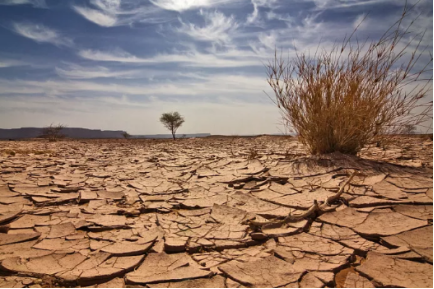
Source: Visual China
1, Farmland soil texture is too sticky, shallow ploughing layer
The soil clay content is much, and the average depth of the ploughing layer is less than 20 cm, leading to the narrowing of capillary pores, ventilation, water permeability, warming property becomes worse. After rain or irrigation, it is easy to plug the pores, resulting in soil surface crust.
2. Serious shortage of organic fertilizer and reduced amount of straw returning to the field
Long-term single application of chemical fertilizer leads to insufficient supplement of organic matter in soil, soil structure deteriorates, affects microbial activity, and thus affects the formation of soil aggregate structure.
3. Soil erosion caused by harmful waste and pollution, wind and sand storms
Plastic pollution, toxic groundwater, industrial wastewater, sewage treatment is directly used to irrigate the land, damaging the texture of the soil. Climatic influences such as wind, sand and rainstorm can take away the fine soil particles in the topsoil layer and destroy the soil structure.
Harm: Soil hardening, will lead to plant roots not deep, easy to necrosis, affect crop water and fertilizer absorption capacity, poor root development.
Normal soil has a PH of around 7, or slightly acidic. Common causes of acidification include:
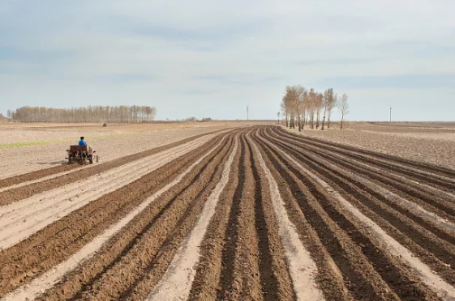
Source: Visual China
1, Medium and trace elements (especially magnesium, calcium, potassium and other alkaline elements) insufficient
Crop long-term absorption, large and concentrated precipitation, will lead to calcium, magnesium, potassium and other alkaline base loss.
2. Soil nutrient imbalance
The lack of traditional agricultural measures such as applying lime, burning manure and applying organic fertilizer makes the soil nutrient imbalance in cultivated land.
3, Long-term application of large amounts of chemical fertilizer
The application of a large amount of chemical fertilizer will increase the accumulation of acid ions and the free amount of harmful metal ions in the soil, especially in the fields where the blind excessive use of urea nitrogen fertilizer and other acidic fertilizers, soil acidification will be particularly serious.
Harm: Acidification destroys the soil micro-ecological environment, imbalance of harmful microflora and beneficial microflora, imbalance of soil mineral nutrition, resulting in decreased plant immunity, root diseases and pests, soil-borne diseases and pests, such as apple bitter pox, red spots, root nodules, fruit rust, spots, chicken paw marks and other diseases frequently occur, even rotting roots and dead seedlings and dead trees.
The most immediate change is the color of the soil, which can appear green, white, and red. Common causes of salinization are:
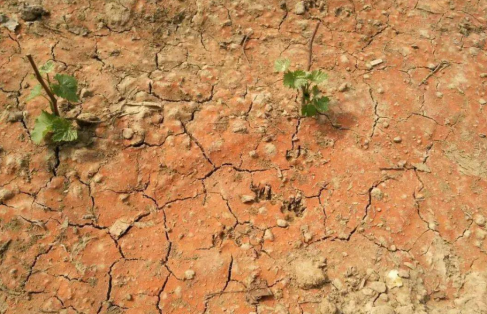
Source: Visual China
1. Excessive use of chemical fertilizers and the use of inferior manure and organic fertilizers
Excessive residual salt ions in chemical fertilizers and heavy metals in poor quality manure in the soil will lead to excessive soil salt, soil white, red phenomenon, commonly known as "white salt", "red rust", so that crops can not absorb water normally, affecting the growth of vegetable plants, but also antagonism, affecting the absorption of various elements of vegetables.
2, Long-term use of flood irrigation, drainage is not smooth
To a certain extent, flood irrigation can also have a heavy compaction effect on soil, especially for viscous soil. After flood irrigation, the soil surface is in an anaerobic state, which increases the inhibition of nutrient absorption by roots and aggravates soil salt concentration. The aging of drainage and irrigation facilities is not matched, the shallow ditches, the drainage is not smooth, and the groundwater level rises, which will lead to the accumulation of salt and the aggravation of salinization.
Harm: plant growth weak, yellow, wilting, root system is not strong, serious will lead to root death, easy to cause leaf and fruit diseases and pests, fruit small, product difference, poor taste, reduce the fruit yield, quality.
Soil improvement can usually start from the direction of soil physical structure and chemical properties:
1. Improvement of soil physical structure
Drainage system improvement: crops planted with good water resistance can be preferred. Special attention should be paid to drainage efficiency and economic benefits over service life in drainage system design and selection;
Soil structure improvement: in the case of poor soil porosity or aggregate structure, soil conditioner and humus of humic acid fertilizers can help restore soil aggregate structure, improve soil permeability and fertility, and thus improve soil compaction.
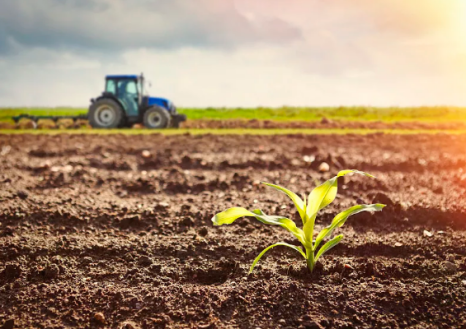
Source: Visual China
2. Improvement of soil chemical properties
Proper use of quick lime can regulate soil pH value: however, if the soil is severely acidified, the pH value will rise in the short term after the use of cement and quick lime, and the acidification will be resolved. But the disadvantage is that it can not solve the salinization, will destroy the soil structure, precipitate, lead to soil deterioration;
Choose fertilizer reasonably and reduce the amount of fertilizer: the salt-causing capacity of common fertilizers from high to low is in the following order: ammonium chloride > potassium chloride > ammonium nitrate > potassium sulfate > urea > ternary compound fertilizer > binary compound fertilizer. It can be seen that the salt-generating power of chlorinated fertilizer is strong, followed by nitrate and sulfate fertilizer. To reduce the amount of fertilizer, some alkaline fertilizers can be used, such as magnesium hydroxide, which can adjust the soil pH value to a certain extent and reduce precipitation;
Straw returning to the field: During the process of straw returning to the field, it can absorb part of salt, reduce soil salt, increase soil organic matter, improve soil permeability and promote the growth of soil beneficial microorganisms;
Application of organic fertilizer and bioferfertilizer: Organic fertilizer will be transformed into humus after being decomposed by microorganisms in the soil, which will accelerate the decomposition of organic matter in the soil, promote the formation of aggregate structure, neutralize the acidity and alkalinity of the soil, balance the beneficial and harmful microbial species in the soil, thus breaking soil compaction, regulating and improving the water, fertilizer and air permeability of the soil;
Crop rotation and reverse cropping: Repeated cropping and continuous cropping will cause serious harm to plant growth, resulting in soil nutrient imbalance and aggravated salinization, which will make plants grow weaker and weaker, yield significantly decreased, and varieties worse and worse, namely continuous cropping disorder, also known as "soil disease". The general principles of rotation include: selecting crops with less pests and diseases to participate in the rotation, crop consumption and cultivation should be rotated with land type crops, crop requiring more fertilizer and crop requiring less fertilizer, grain and vegetable rotation, water and drought rotation, etc.
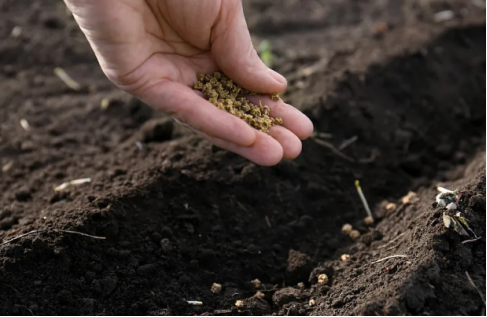
Source: Visual China
As an advocate of organic ecology and pollution-free, FDSP Shares focuses on the development of green ecological agriculture industry. Over the years, FDSP Shares has been deeply committed to the development of complete sets of equipment for organic compound fertilizer, taking the lead in independent research and development and production of efficient "organic pollution-free" biological organic fertilizer process. At present, the company has formed and covered the cutting-edge technology of the recycling and utilization project of resources, fertilizer and other raw materials, such as animal feces, urban kitchen items, crop waste and organic solid waste. While transforming waste into treasure, the company improves the soil environment, and endeavors to customize personalized solutions of fertilizer machinery and complete sets of projects for global customers.